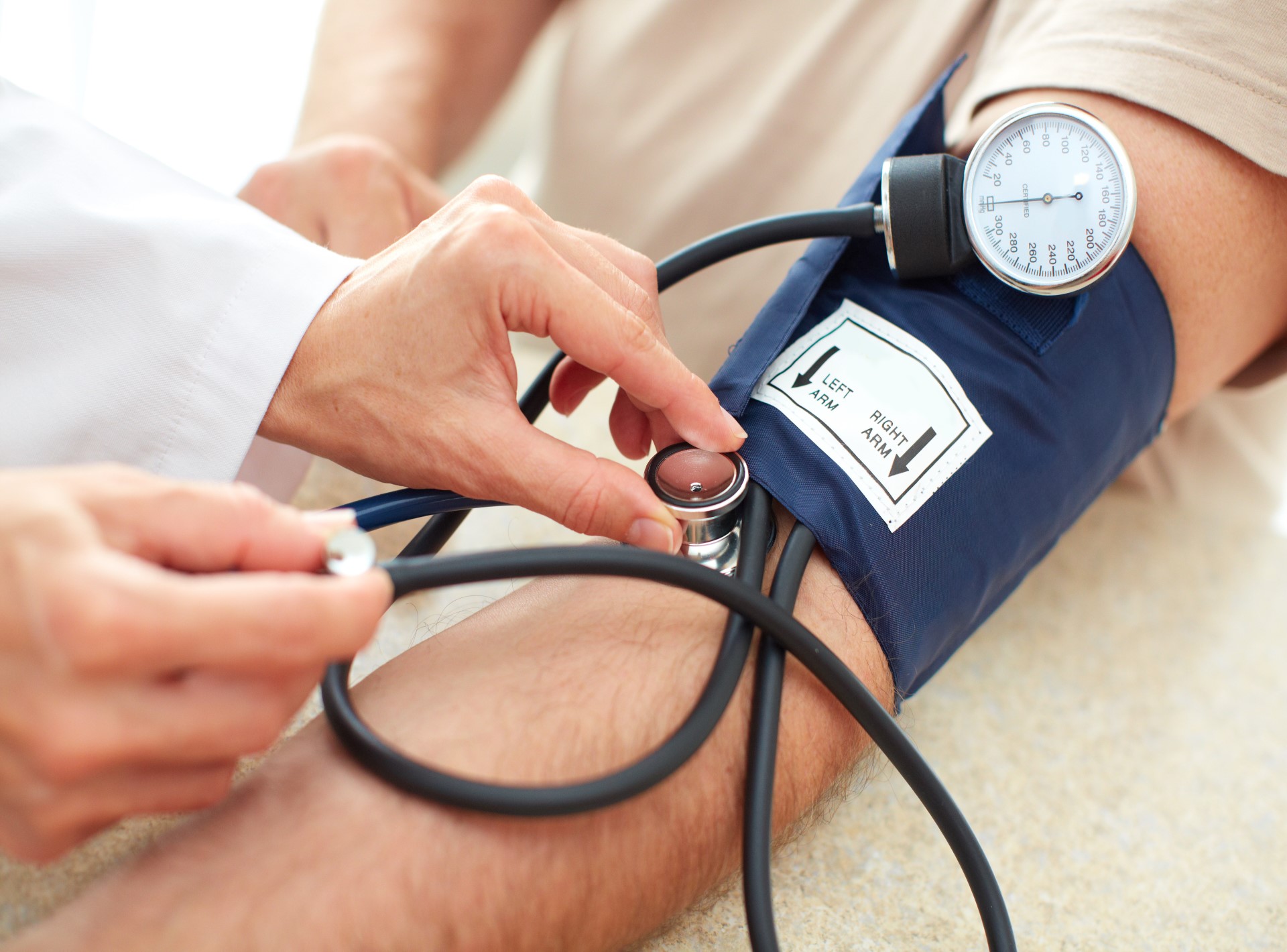
Many Australians with high blood pressure are missing out on treatment because they don’t know they are hypertensive, new data shows.
But those who visit primary care professionals such as GPs are more likely to be diagnosed and have their blood pressure effectively controlled.
One in three Australian adults (6.8 million people) have hypertension, defined as clinic or office blood pressure greater than or equal to 140/90 mmHg, based on randomised population data.
Screening campaigns have shown that about half of these adults (3.4 million) have not had their high blood pressure values detected – and because of this, are not receiving the appropriate treatment.
Dr Markus Schlaich, from Royal Perth Hospital and UWA’s Dobney Hypertension Centre, said that the reduction of blood pressure to less than140/90 mmHg was only achieved in 32% of people with hypertension in Australia, and control rates have stagnated for a decade compared to other first world nations such as Canada, which has a control rate of 68%.
“However, Australians who visit primary care centres have better rates, where 55% of patients are treated and have their blood pressure effectively controlled,” he said.
“Systematic screening in general practice should be incentivised through government support as this would be the most likely route to successfully detect 90% of people with hypertension.”
Among more than 10,000 Australians screened for hypertension as part of the May Measure Month blood pressure awareness campaign, which took place from 2017 to 2019, 52% of participants with high blood pressure were unaware of their hypertension status.
In response, the National Hypertension Taskforce of Australia was launched by the Minister for Health and Aged Care in 2022, hosted by the Australian Cardiovascular Alliance and Hypertension Australia.
The taskforce has been developing a roadmap to tackle hypertension more effectively from 2024–2030, which was published earlier this month in The Medical Journal of Australia. The roadmap is based on three pillars:
- Prevent: setting a target blood pressure of less than 130/80 mmHg recognises that up to half of blood pressure‐related morbidity occurs at a systolic blood pressure less than 140 mmHg.
- Detect:systematic screening in general practice should be incentivised through government support as this would be the most likely route to successfully detect 90% of people with hypertension.
- Effectively treat raised blood pressure: a shift towards value‐based care (paying for delivering care that improves patient health outcomes) would ensure optimal use of funding across multiple providers to achieve better health outcomes.
“International modelling has recommended 80–80–80 blood pressure targets, which translates to 80% of individuals with hypertension being screened and aware of their diagnosis; 80% of those who are being prescribed treatment; and 80% of those on treatment having achieved blood pressure targets,” Dr Schlaich said.
“However, because 20% remain unaware, and 20% of those aware remain untreated, and 20% of those treated not achieving target, this model would only achieve 51% blood pressure control.”
To achieve the taskforce’s target of 70%, a 90–90–90 model was required for Australia, which was estimated to achieve a 73% blood pressure control rate.
The report highlighted that a lack of clinical validation for blood pressure monitoring devices was an underappreciated problem. Four out of five automated devices sold online on Amazon were not properly tested and validated for accuracy.
“Clinically validated upper‐arm cuff‐based automated devices should be used for blood pressure measurement in the clinic, and for 24‐hour ambulatory or home blood pressure monitoring,” Dr Schlaich concluded.

